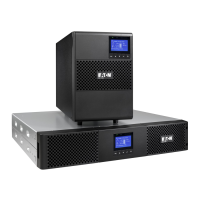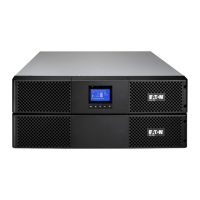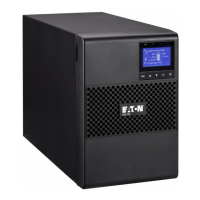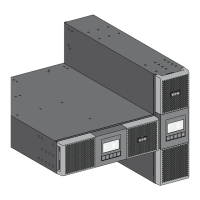What to do if the Eaton 9SX 11000 power overload LED is on?
- CChristopher WilliamsAug 16, 2025
When the Power Overload LED is on and the UPS beeps continuously, it means the power demands of your connected equipment exceed the UPS capacity. To resolve this, remove some equipment from the Eaton UPS. The UPS will continue to operate, but might switch to Bypass mode or shut down if the load increases. The alarm will reset once the overload condition is resolved.





